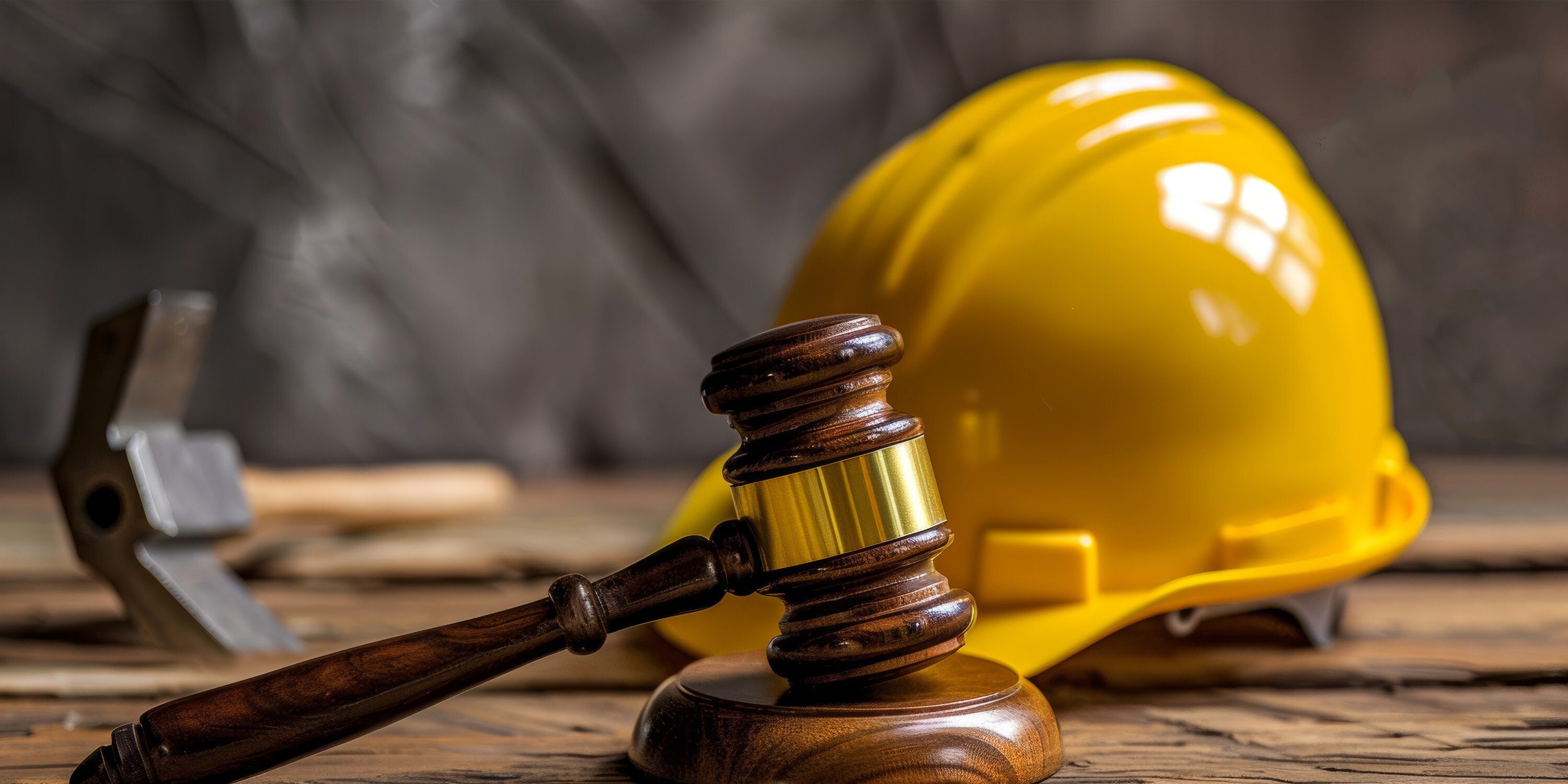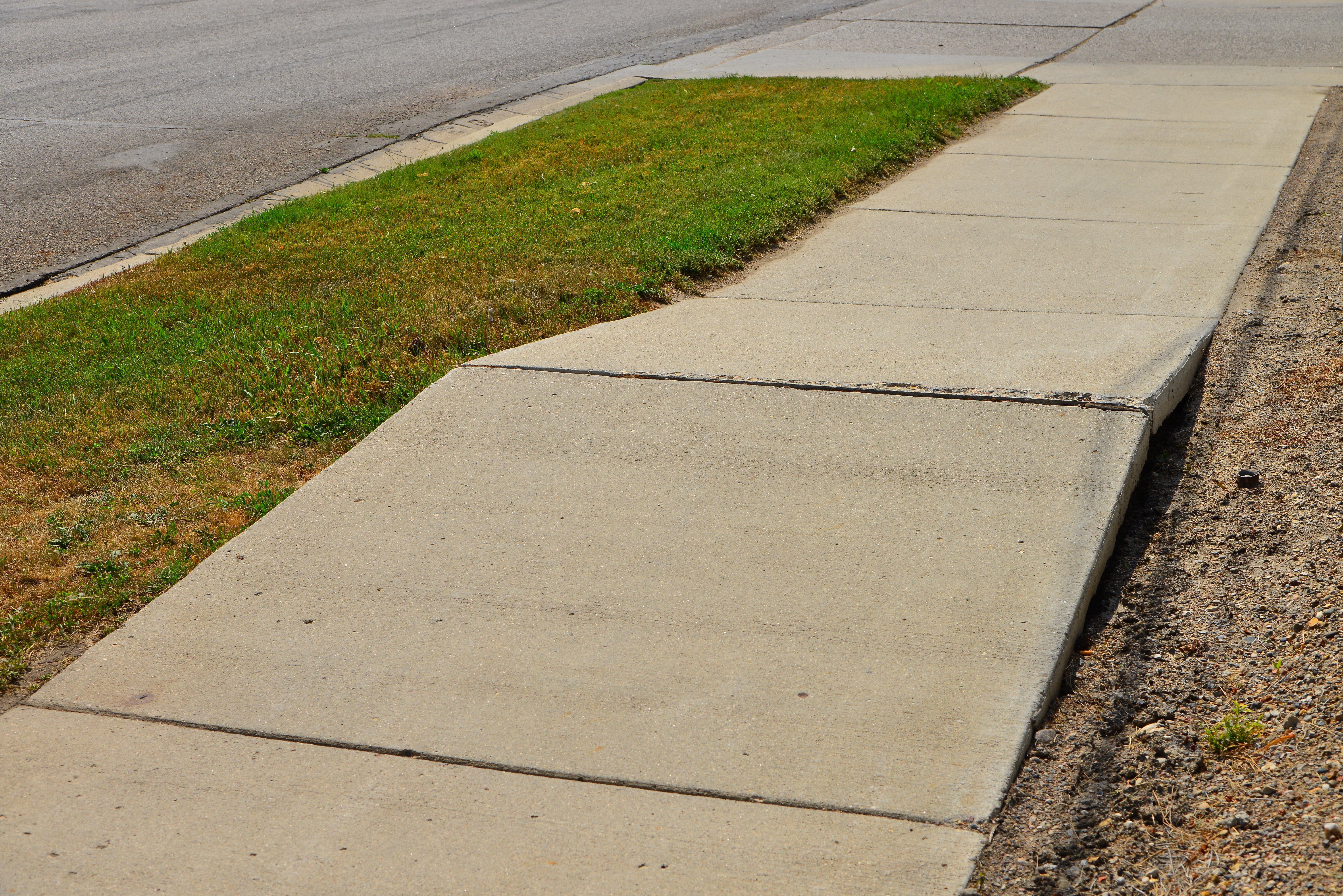Facility Maintenance | August 20, 2024
Concrete Curing 101: Understanding a Critical Step in Your Pavement Projects
This is the second in a series of pavement-related pieces that can keep Facilities Management on top of seasonal concerns with asphalt and concrete.
While building owners and operators are responsible for ordering and overseeing pavement projects at their facilities, they are often not experts on all things concrete. Luckily, they don’t necessarily need to be and can readily acquire the knowledge to confidently and efficiently coordinate with their contractors for great results.
This post will explore one of the most important processes involved in placing concrete—curing—and answer 4 of the most common questions owners and operators should ask when assessing pavement work for their facilities.
What is curing, and why is it important for concrete pavement projects?
Curing is a critical process in pavement construction, ensuring the concrete achieves its desired engineering properties, such as strength, durability, and volume stability. The process involves controlling the rate at which moisture leaves the concrete mixture to avoid reduced strength, increased permeability, and a higher likelihood of cracking and other forms of deterioration.
Properly cured concrete is more resistant to weathering, heavy traffic, and freeze-thaw cycles, which translates to longer-lasting, more durable pavements that require less maintenance and have a lower total cost of ownership.
How do you determine the best curing methods for a specific project?
Selecting the appropriate curing method for a specific project depends on several factors, including the type of concrete used, environmental conditions, and the project’s specific requirements.
Common methods include water curing (ponding, sprinkling), wet coverings (burlap, cotton mats), and membrane-forming compounds. The choice of method is influenced by factors such as the ambient temperature, humidity, and the intended use for that section of pavement.
- Water is essential for hydration, the chemical reaction between water and cement that hardens and strengthens concrete.
- Membrane-forming compounds help retain moisture within the concrete by forming a continuous, moisture-retaining film on the surface.
- Moisture-retaining fabrics, such as burlap or cotton mats, can efficiently maintain the moisture content when wet coverings are used.
For instance, water curing methods may be preferred in hot weather to prevent rapid moisture loss. At the same time, insulated blankets or heated enclosures might be necessary in cold weather to maintain adequate temperatures. Consulting industry standards and guidelines, such as those provided by the American Concrete Institute (ACI), can help make informed decisions.
The choice of materials depends on factors such as the type of concrete, environmental conditions, and the project’s specific requirements. Using the right materials and products can help ensure that the curing process is effective and that the concrete achieves its desired properties.
How long should the curing process take for optimal results?
The duration of the curing process can vary depending on the type of concrete, environmental conditions, and the project’s specific requirements. Generally, initial curing should last between 3 to 7 days, while optimal curing for achieving full strength and durability can extend to 28 days or longer.
Factors such as the mixture proportions, specified strength, and ambient weather conditions can influence the length of the curing period.
For example, concrete exposed to hot and dry conditions may require longer curing times to prevent rapid moisture loss, while concrete in cooler, humid environments may cure more slowly. Adhering to industry standards, such as those recommended by the ACI, can help ensure that the curing process is sufficient to achieve the desired properties.
That said, every concrete project is different, and a seasoned pavement engineer can help design projects and pavement systems that are right-sized for an organizations budget and timeline as well as for the systems’ usage needs.
How do you ensure uniform curing across the entire pavement surface?
Ensuring uniform curing across the entire pavement surface involves maintaining a specific and consistent moisture loss rate throughout the curing period.
Monitoring the curing process regularly is important to ensure that the entire surface is adequately covered and that moisture levels are maintained. Curing compounds that form a continuous, moisture-retaining film are used in some instances to help ensure uniform curing, especially in large or irregularly shaped areas. Construction observation during this process is vital to achieving a positive result.
Consult the Experts
Don’t navigate these decisions solo. Training your maintenance team to clean and seal joints is a great step to giving your pavements a long lifespan.
However, before initiating a pavement maintenance program or planning for construction, consult a pavement expert like Mantis Innovation. With engineers on staff, we can guide you to perform the right tasks at the optimal time for the best value, ensuring you won’t need a “cure” for poorly executed pavement projects.
We’ll be back with more pavement insights throughout the summer. Stay tuned!
Related Posts
Discover more content and insights from Mantis Innovation

How Your Pavement Can Reduce Trip, Fall, & Slip Claims
This is the third and final installment in a series of pavement-related pieces that can keep Facilities Management on top of seasonal concerns with asphalt and concrete. While building owners and

The Heat is On: Strategies for Concrete Pavement Longevity Amid Extreme Weather
This is the first in a series of pavement-related pieces that can keep Facilities Management on top of seasonal concerns with asphalt and concrete. For many building owners and operators, pavement

Maximizing Energy Efficiency: A Blueprint for Reducing Energy Usage
For organizations, optimizing energy usage brings an array of benefits, from reducing operational costs to having a positive impact along your sustainability journey. Mantis Innovation understands

Roof Tips for Severe Weather Season: Before & After
As an independent roofing consultant specializing in planning and managing roofing construction projects for commercial building owners and operators, I cannot stress enough the importance of